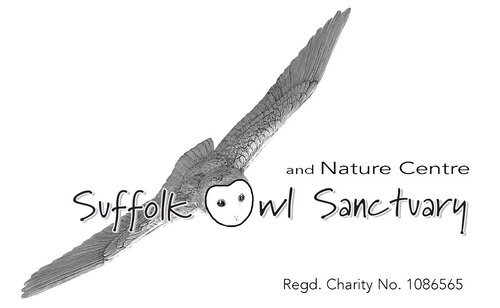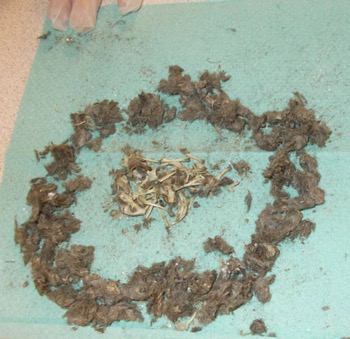If proof was needed that the message of the Suffolk Owl Sanctuary extends beyond the shores of the U.K. then it was adequately provided this week.
A request for assistance was received from a resident of Transylvania who had unwittingly become host to a small owl which had entered her apartment through an open window. As we operate a worldwide online advice service, just for such eventualities, falconers were able to assist with immediate advice.
In the first instance, we recommended relieving the bird’s inevitable stress as soon was practicable.The rescuer was advised to place the owl into a well ventilated, covered cardboard box. This needed to be large enough to prevent the bird from further abrasive injury, but not so large that it had room to thrash about. In this case the owl seemed relatively quiet and inactive - a positive advantage for the rescuer, enabling transfer to the box, but a distinct worry in the context of the birds physical state.
Once the owl was quiet and secure, we asked for some photos in order to aid species identity and ascertain injuries. Due to the wonder of the internet, images arrived at the sanctuary instantly. The bird was then easily identifiable by its distinctive feather tufts, bright yellow eyes and brownish grey camouflaging plumage, as a Screech Owl. Close study of the photos suggested that the bird was a mature adult and uninjured, though probably shocked.
After a night spent recuperating in the quiet and darkness, the rescuer reported that the owl seemed feisty - a sure sign that it was able and ready to return to its native habitat. Our falconers advised that the owl should be released in the immediate vicinity of the apartment block. Although an urban area, this was the natural territory of this bird and, as Screech Owls are monogamous, it was likely to have a partner close by and may even have been rearing young.
The owl was duly released at dusk, and the short adventure for both bird and human came to a successful conclusion - one example of the truly international capacity of the advisory services offered by S.O.S.!












































